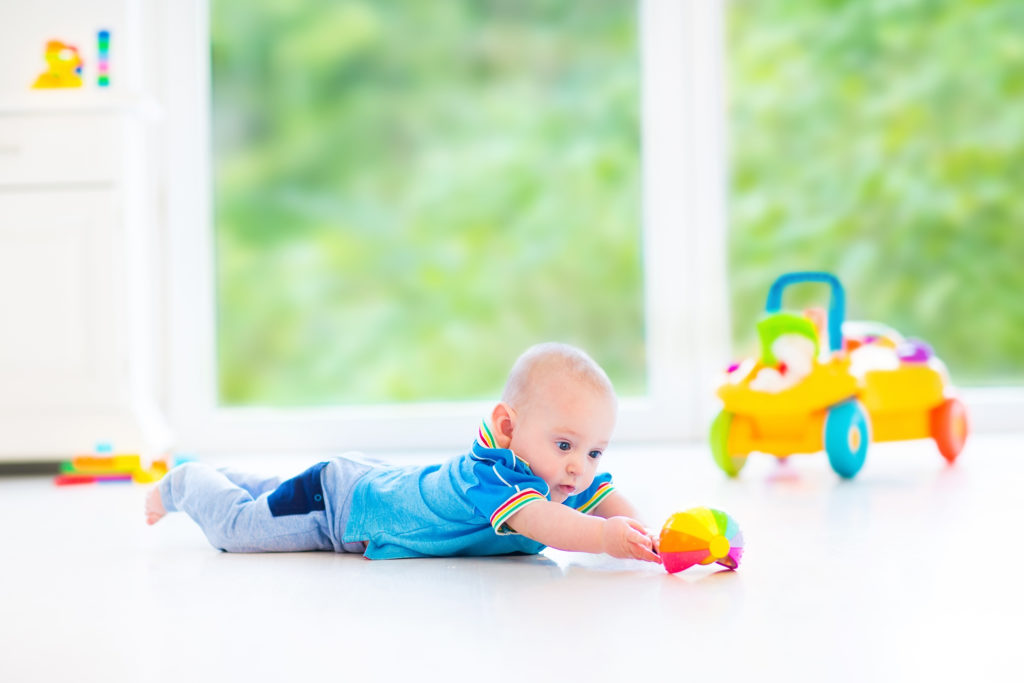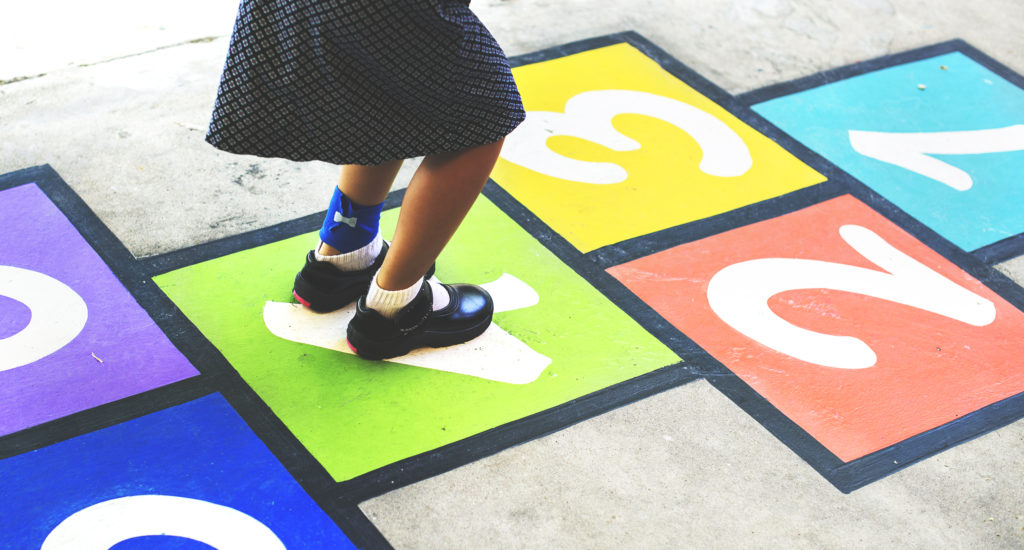Get Kids Moving
- »
- Prevention
- »
- Early Childhood Education
- »
- Get Kids Moving
Increase Physical Activity for Children
Physical activity provides children with skills and abilities to explore and interact with the world around them. The most important time for this growth is during the first three years of life. Research shows that children who are active tend to have fewer behavioral and disciplinary problems, do better in school and have longer attention spans in class.
Activities for All Ages
No matter their ages, including daily physical activity opportunities into children’s schedules is important for developing healthy habits for a lifetime. Well-Ahead Louisiana works with child care centers to give the kids they serve time for physical activity.
Physical activity helps children:
- Build confidence
- Decrease stress and depression
- Develop and maintain strong bones
- Develop good sleep habits
- Develop motor skills and build strength, flexibility and endurance
- Improve social skills and brain development
- Stay at a healthy weight
Best Practices for Babies

Babies up to a year old should get short, supervised periods of tummy time two or three times a day. Some babies do not like tummy time initially, so it is best to begin with only 3-5 minutes at one time. When you see your baby enjoying it more, gradually increase the time.
Tummy time allows babies to interact and play on their tummies, preparing them for sliding on their bellies and crawling. During tummy time, babies should be encouraged to see, touch and feel what’s around them by placing toys in a circle around them and letting them reach for each one. Reaching helps babies develop the muscles needed for rolling over, crawling and scooting.
Tummy Time Tips
- Always make sure babies have tummy time when they’re awake and alert.
- A great time to do tummy time is following a diaper change or when the baby wakes up from a nap.
- Place babies on a solid surface on the floor and never on a surface that’s soft or high like a mattress or sofa.
- Some babies will not like tummy time at first. Encourage them to reach for a favorite toy or sing to them.
Best Practices for Toddlers and Preschoolers
Toddlers one- to two-years-old should have 60 minutes or more of active play every day, while preschoolers should have at least 120 minutes or more.
During half-day programs, toddlers should be active for at least 30 minutes and preschoolers for at least 60 minutes. Active play should include a combination of teacher-led or structured activities and free play, both indoor and outdoor.
Structured activities for toddlers and preschoolers should be developmentally appropriate and support motor skill development. Activities should be vigorous so children move faster than typical for a short amount of time and modified so kids do not get “out” or are eliminated from the activity.
Unstructured activity is free play for children to be creative and use their imagination. Parents and teachers should respect and encourage children’s individual abilities and interests and be engaged with children, as well as encourage them to stay physically active.
Ways to Get Kids Moving
Encourage kids to exercise by building movement into regular activities throughout the day.
Some ideas include:
- Have children act out a story as you read it
- Use props to help kids move while identifying shapes, colors and numbers
- Throw a dance party or make up an obstacle course
- Use transition times to get kids moving (marching, skipping, hopping)
Best Places for Play
A supportive environment for children is one that is safe and interesting while encouraging essential movement and exploration. Opt for outdoor play as much as possible, even when it’s raining or snowing. Also, make sure the children are dressed in appropriate clothing and shoes.
If outside play is unavailable, find an indoor play space like a school gym, part of the classroom or an extra room. You may consider visiting local facilities such as YMCAs, karate studios or parks that offer chances for kids to get active in a safe way.
Painted Playgrounds

Create colorful, painted playgrounds while providing a unique physical activity for students with playground stencils. Playground stencils get children physically active while enhancing community spaces with a playful element. Stencils can be placed on concrete at schools, childcare centers, libraries, parks and community organizations.
The Playground Stencil Project is a statewide collaborative effort of Well-Ahead, Partners for Healthy Families, Tulane University and Pennington Biomedical Research Center. Well-Ahead has several reusable playground stencils available for childcare centers, programs and parks.
Coloring in playground stencils provide an excellent opportunity for children to get physically active and practice developmentally appropriate movement such as balance, loco-motor skills and spatial awareness.
Start a painted playground at your facility!
Coordinated Approach to Child Health (CATCH) Can Help
For more than 25 years, the CATCH platform has been proven to launch kids and communities toward healthier lifestyles by uniting multiple players in a child’s life to create a holistic community of health. Well-Ahead works with child care centers in our state to implement the CATCH curriculum. The program aims to impact the messaging children receive in physical education, the lunchroom, the classroom and at home to influence their choices not only while they are in school, but for a lifetime.
In addition to teaching children healthy eating habits, CATCH creates behavior change by increasing the amount of moderate-to-vigorous physical activity (MVPA) children engage in each day. CATCH activity boxes and PE training equip teachers with the tools they need to increase students’ MVPA with a curriculum that provides teachers with simple suggestions on incorporating physical activity into their lesson plans.